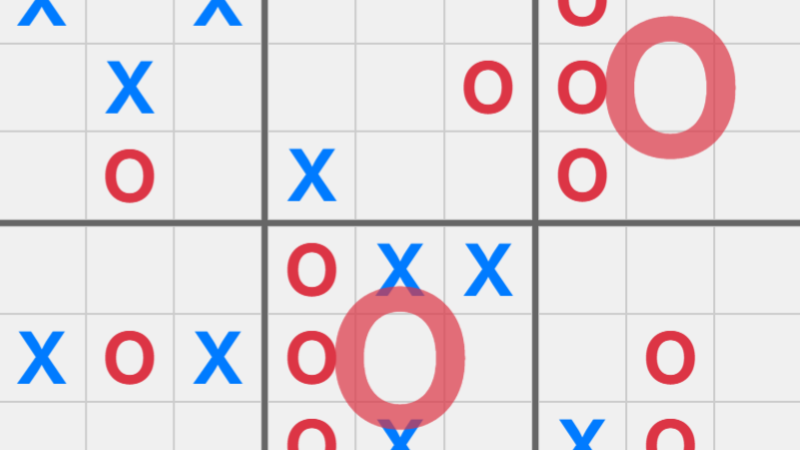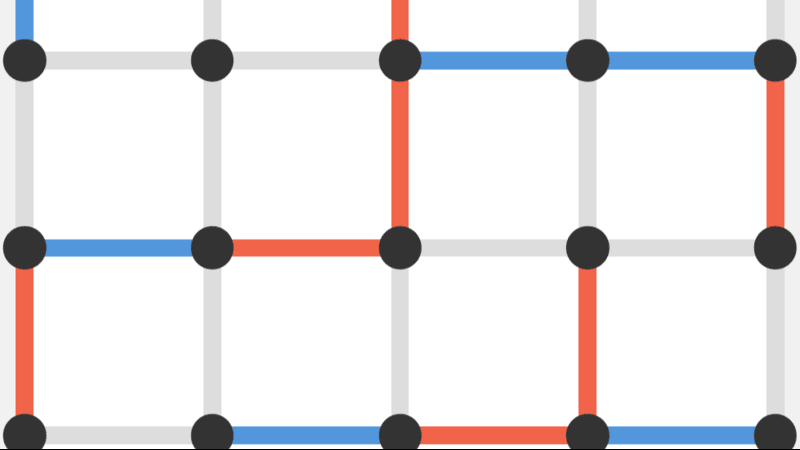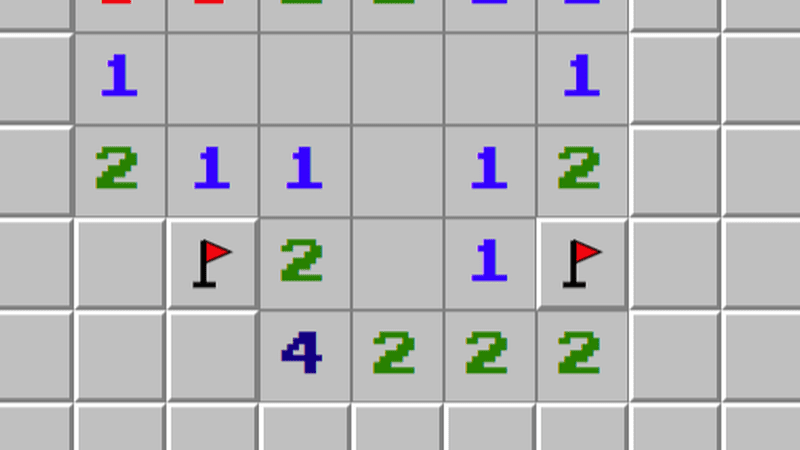Lights Out
Turn off all the lights to win.
How to Play Lights Out
Welcome to Lights Out! This mesmerizing logic puzzle challenges you to turn off every light on the grid using strategic thinking and pattern recognition. What starts as a simple concept quickly becomes a complex mental challenge that will test your problem-solving abilities.
Basic Rules
- The Goal: Turn off all the lights on the 5×5 grid to achieve a complete "blackout."
- Making Moves: Click (or tap on mobile) any light to toggle its state between on and off.
- The Twist: Clicking a light also toggles all directly adjacent lights (up, down, left, right) - but not diagonal neighbors.
- Starting Position: Each game begins with a random pattern of lit and unlit lights.
- No Time Pressure: Take as long as you need to think through each move strategically.
- Every Puzzle is Solvable: All randomly generated starting positions have a solution, though some may require many moves.
- Move Counter: Track your efficiency by monitoring how many clicks it takes to solve each puzzle.
Tips for Beginners
- Understand the Effect: Before clicking, visualize which lights will be affected. Each click changes 1-5 lights depending on the position.
- Corner Strategy: Corner lights only affect 2 neighbors, edge lights affect 3, and center lights affect 4. Use this to your advantage.
- Experiment Freely: Clicking the same light twice cancels out the effect, so don't be afraid to experiment and undo moves.
- Start with Patterns: Look for obvious patterns or clusters of lights that might be solved together.
- One Light at a Time: When starting out, try focusing on turning off individual lights and observing how your actions affect the entire grid.
- Work Systematically: Rather than clicking randomly, develop a systematic approach to analyzing the puzzle.
Advanced Strategies
- The "Chasing" Method: Work row by row from top to bottom. To clear a light in row 1, click the corresponding position in row 2. This systematic approach often leads to predictable bottom-row patterns.
- Linear Algebra Approach: Advanced players can think of the puzzle as a system of linear equations over GF(2), where each light's final state is the sum (mod 2) of all clicks affecting it.
- Bottom Row Analysis: Learn the standard solutions for common bottom-row patterns that result from the chasing method.
- Parity Considerations: Understand that each click affects an odd number of lights, which constrains possible solutions based on the initial configuration.
- Memorize Key Patterns: Learn standard "toggle patterns" - specific click sequences that achieve common lighting changes.
- Edge and Corner Mastery: Develop specialized techniques for dealing with edge cases and corner configurations.
Controls & Accessibility
- Mouse/Trackpad: Click on any light to activate it and its neighbors.
- Touch Devices: Tap lights on smartphones and tablets - fully optimized for touch interaction.
- Visual Feedback: Lights clearly show their on/off state with distinct visual styling.
- Move Counter: Track your progress and efficiency with the built-in move counter.
- New Game: Generate fresh puzzles with the "New Game" button for unlimited challenge variety.
- Game Persistence: Your current puzzle state is automatically saved between sessions.
Benefits of Playing Lights Out
Lights Out offers exceptional cognitive benefits that extend far beyond entertainment:
- Logical Reasoning: Develop systematic thinking skills by analyzing cause-and-effect relationships in complex systems.
- Pattern Recognition: Improve your ability to identify recurring patterns and apply learned solutions to new situations.
- Spatial Visualization: Enhance mental mapping skills by tracking multiple simultaneous changes across the grid.
- Strategic Planning: Learn to think several moves ahead and consider the long-term consequences of immediate actions.
- Mathematical Thinking: Unconsciously engage with concepts from linear algebra, Boolean logic, and modular arithmetic.
- Problem Decomposition: Practice breaking complex problems into smaller, manageable components.
- Patience and Persistence: Build tolerance for complexity and develop systematic approaches to challenging problems.
- Abstract Reasoning: Strengthen your ability to work with abstract concepts and non-obvious relationships.
The Mathematical Beauty of Lights Out
Lights Out is more than just a puzzle game - it's a fascinating example of applied mathematics. The game operates on principles of linear algebra over finite fields, specifically GF(2), where addition is performed modulo 2 (essentially XOR operations).
Each configuration of the grid can be represented as a vector in a 25-dimensional space, and each possible move corresponds to adding one of 25 specific vectors. The puzzle is solvable if and only if the target state (all lights off) lies in the span of these move vectors.
This mathematical foundation means that not every conceivable starting position is solvable, but the game's random generation ensures only solvable puzzles are presented. The beautiful interplay between discrete mathematics and interactive gameplay makes Lights Out a favorite among mathematicians and puzzle enthusiasts alike.
The Origin and Evolution
Lights Out was originally created by Tiger Electronics in 1995 as a handheld electronic puzzle. The concept, however, draws from much older mathematical ideas about toggle puzzles and linear algebra over finite fields.
The game's appeal lies in its perfect balance of simplicity and depth. While the rules can be explained in seconds, mastering the optimal solution strategies requires understanding sophisticated mathematical concepts. This accessibility combined with intellectual depth has made Lights Out a classic puzzle that continues to challenge new generations of players.
Since its original release, countless variations and implementations have appeared across different platforms, but the core 5×5 grid remains the most popular and well-studied version of the puzzle.
Frequently Asked Questions
Are all starting positions solvable?
Yes! The game only generates starting positions that have a valid solution. While some puzzles may require many moves, every puzzle can be solved.
Is there always a unique solution?
Not necessarily. Some puzzles may have multiple different click sequences that lead to the solution, though they'll all require the same total number of clicks for each light.
What's the maximum number of moves needed?
In the worst case, a 5×5 Lights Out puzzle can require clicking every single light exactly once, meaning up to 25 moves. However, most puzzles can be solved more efficiently.
Does the order of clicks matter?
No! Clicking light A then light B has exactly the same effect as clicking light B then light A. This means you can experiment freely without worrying about move order.
What happens if I click the same light twice?
Clicking the same light twice cancels out both clicks - it's as if you never clicked that light at all. This applies to both the light itself and all its affected neighbors.






